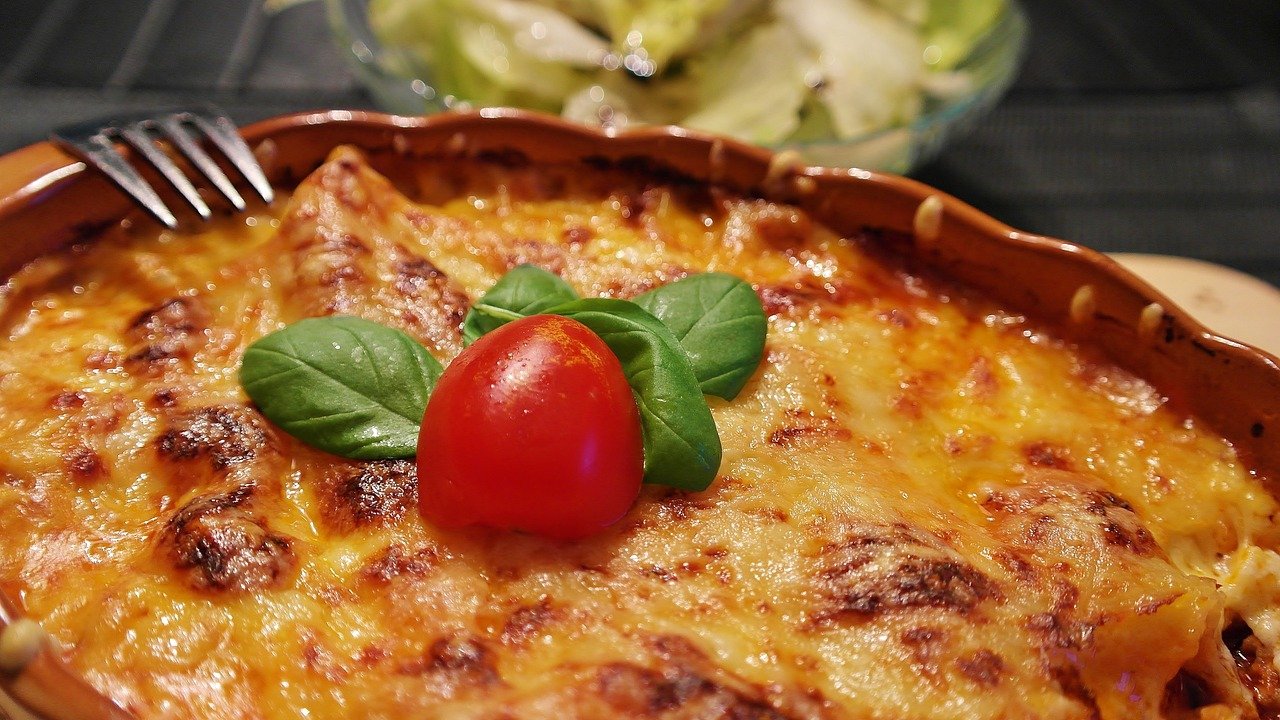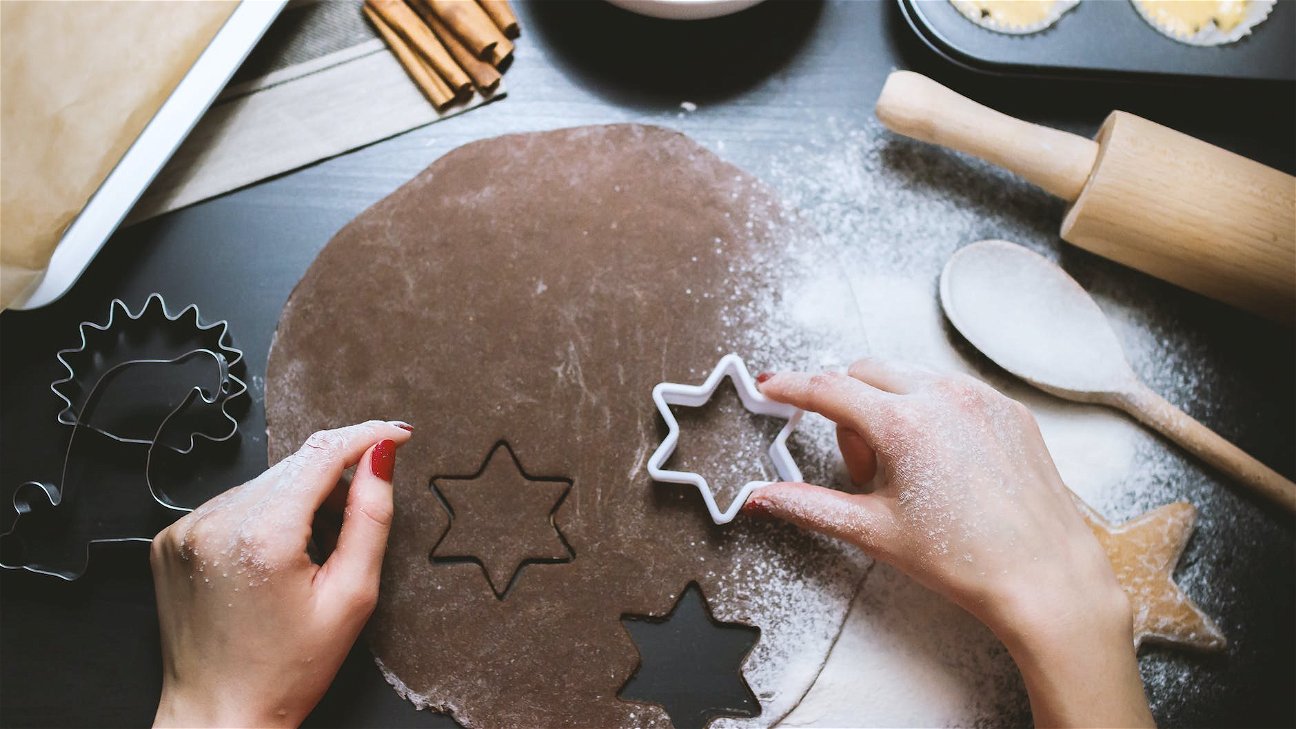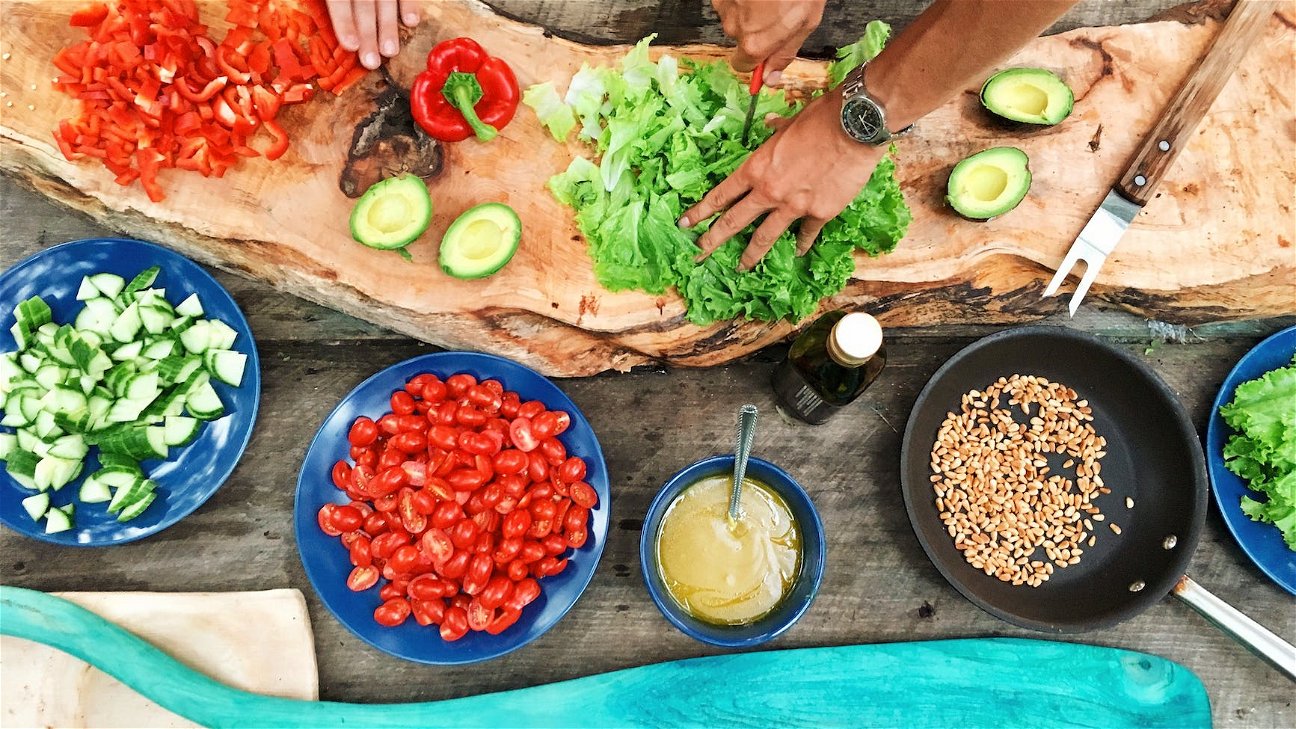
Sourdough baking is a culinary art that's as old as time. Its signature tangy flavor, hearty texture, and irresistible crust make it a favorite among many. Moreover, sourdough bread is healthier and more digestible than standard yeast bread. But how do you start with sourdough baking? Let's dive in!
What is Sourdough?
Sourdough is a type of bread made by the fermentation of dough using naturally occurring lactobacilli and yeast. It has a slightly sour taste, hence the name, and a better inherent keeping quality than breads made with baker's yeast, due to the lactic acid produced by the lactobacilli.
Getting Started: Creating Your Sourdough Starter
Creating your own sourdough starter is the first step in your baking journey. A sourdough starter is a mix of flour and water that attracts wild yeast and bacteria. Over time, this mixture ferments and becomes a potent leavening agent for sourdough bread.
Here's a quick guide on creating your sourdough starter:
- Mix 50g of whole wheat flour with 50g of water in a jar. Stir until there are no dry bits of flour, cover loosely and let it sit at room temperature for 24hrs.
- On days 2, 3, and 4, feed the starter with 50g of water and 50g of plain flour. By day 4, your starter should be bubbly and ready to use.
Maintaining your sourdough starter is crucial. Feed it regularly, and it can live indefinitely!
The Baking Process
Here's a basic process to bake your first loaf of sourdough bread:
- Step 1: Mixing: Combine your starter, water, and flour. Let it sit for about 30 minutes. This is called autolysis.
- Step 2: Bulk Fermentation: Add salt, then fold the dough on itself and let it rise.
- Step 3: Shaping: Shape your dough into a loaf.
- Step 4: Proofing: Let the shaped dough rise until it's just about doubled in size.
- Step 5: Baking: Bake your loaf in a dutch oven or a preheated oven.
Sourdough Baking Tips
Let's look at some tips to perfect your sourdough baking:
- Temperature Matters: Pay attention to your dough's temperature. The ideal temp is 25-27°C (77-80°F).
- Patience Pays Off: Don't rush the process. Good sourdough is a product of slow, natural fermentation.
- Hydration Levels: Hydration levels can affect your bread's outcome. A higher hydration results in a more open crumb - but it's also trickier to work with.
Common Sourdough Baking Mistakes
Avoid these common mistakes for a successful sourdough baking:
- Overproofing: Leaving your dough to rise for too long can lead to a dense loaf. Watch for when it's doubled in size - not more.
- Insufficient Kneading: Under-kneading can lead to large holes in your bread. Ensure you knead thoroughly for a good crumb structure.
- Using Dead Starter: Your starter should be active and bubbly when you use it. If it's not, it may result in a dense, flat loaf.
Sourdough baking can be a fulfilling experience once you get the hang of it. It's a skill that you can nurture and grow with time. Remember, every loaf is a learning experience.











